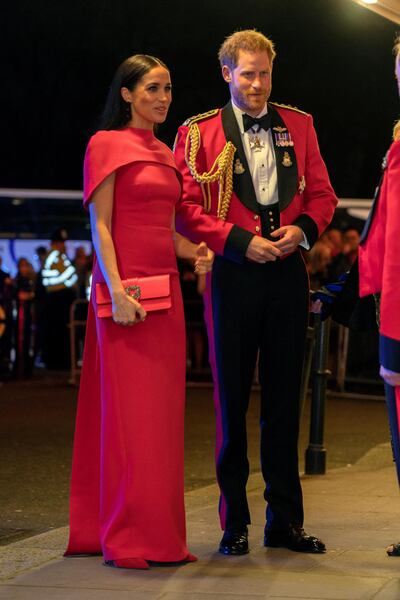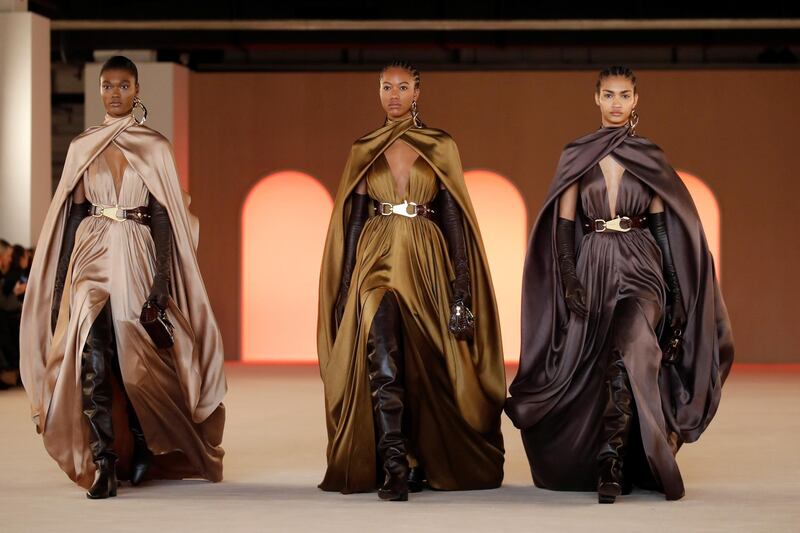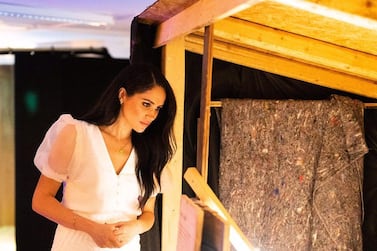Sported by everyone from military officials and royalty to fictitious villains and superheroes, the cape has a long and illustrious history. However, the accessory, usually draped around the back and arms and connected at the neck, is rooted in practicalities. After all, the easy-to-fashion garment provides coverage against the cold, dust and rain.
Capes were part of common attire in medieval Europe. At the time, the material used, style of stitching and colour often depicted rank and social standing, with scarlet normally used for high society. Members of royalty were often seen wearing mantles, a variation of the garment, as a symbol of authority. Capes were also a common part of military uniforms in Europe in the 1900s.
In the Victorian era, more and more women gradually began wearing capes, and the garment was increasingly seen as a fashion accessory. Designers such as Paul Poiret, Jeanne Lanvin and Madeleine Vionnet reinvented the cape for an elegant evening look, and Hollywood's leading ladies played their part, too; Joan Crawford sported a dazzling red number in the 1937 movie The Bride Wore Red. Meanwhile, former first lady of the US, Jacqueline Kennedy, had a soft spot for the style, and chose a white gown and cape – which she designed in collaboration with Bergdorf Goodman's Ethan Frankau – as her outfit for John F Kennedy's inaugural ball in 1961.
As capes swished into women's wardrobes, they seemed to disappear from most men's entirely, and were replaced by overcoats. This is thought to be, in part, due to Bram Stoker's Dracula. While the book itself only mentions the character wearing a cloak once, it became synonymous with vampires thanks to Bela Lugosi, who portrayed Count Dracula in the 1920's stage adaptations and the 1931 film. The reason why the cape was needed on stage back then was simply to help the actor disappear through a concealed trap door without detection.
Capes fell out of favour over the years, and Burberry can be credited for bringing them back into the limelight with its autumn / winter 2014 show featuring models wearing printed capes with their initials. The look became so famous, it led to month-long waiting lists and is believed to have reignited an interest in both capes and monograms.

This year, runways have been brimming with the trend. Earlier this month, Paris Fashion Week featured plenty of caped looks from Balmain and Givenchy. Even Meghan Markle gave it a nod of approval when she wore a caped red gown by Safiyaa at the Mountbatten Festival of Music on Saturday, followed by a green Emilia Wickstead caped dress at the Commonwealth Service for her final official appearance as a senior royal on Monday.







